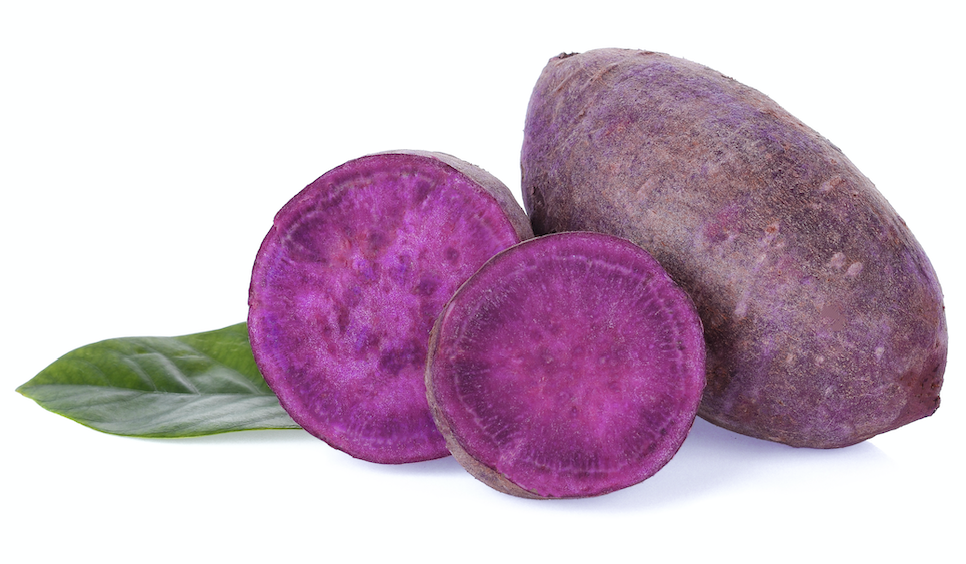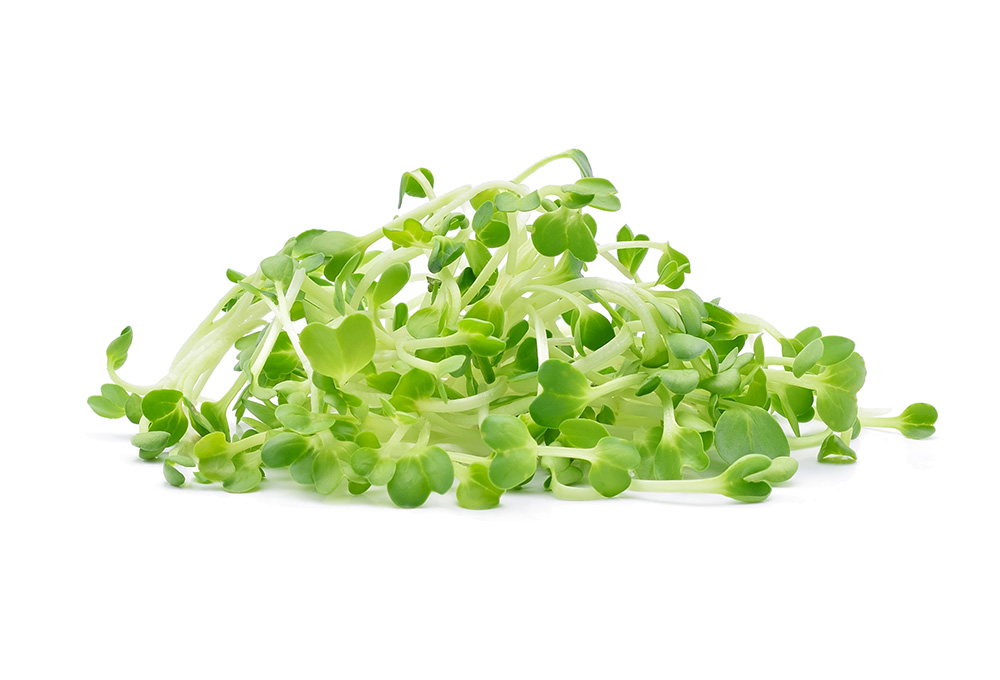pH: 2.5- 10.2 | Heat: ***** | Light: ***** | Carminic Acid content: 2-62% | Label: E120
Carmine is one of the most stable natural colors available and is an excellent replacement for artificial food colors. The color shade is pH-dependent, ranging from orange to red bluish. BioconColors offers a complete range of effective, high-quality carmine solutions.
Applications
Carmine has a bright reddish hue and it is used in a wide range of food products, including, confectionery, meat, ice cream, dairy products and beverages. Especially for cosmetic applications, BioconColors’ Carmine is NATRUE Approved.


pH: 2.5 – 10.2 | Heat: *** | Light: *** | Bixin content: 0.4-32%, Norbixin content: 0.7-45%| Label: E160b
Annatto colors technically allow almost any food to be colored in shades, ranging from yellowish to deep, dark orange. BioconColors offers a full range of annatto color solutions including water and oil-soluble/ suspensions, acid-stable and encapsulated formulations.
Applications
Annatto is used for coloring dairy, meat & fish, confectionary, oil & fat, snack and savory, bakery and beverages.
PH: <7 | Heat: *** | Light: *** | Color Strength: 40K – 120K CU | Label: E160c
The paprika colorant is usually an oleoresin product, but after processing a water dispersible or water soluble product can be obtained. The Paprika colorant is often used in beverage, processed food and tomato applications as the colorant is heat, water and pH stable. The oleoresin is widely used in processed foods such as sausages, surimi, shrimps, dressings, coatings, and snack seasonings.


PH: 2.5-7.0 | Heat: **** | Light: *** | Curcumin content: 8.0 – 9.0% | Label: E100
Curcumin is used by BioconColor in its formulated color solutions. Curcumin is the principal curcuminoid of the popular Indian spice turmeric. The curcuminoids are natural phenols that are responsible for the yellow color of turmeric.
Applications
Curcumin is used in for formulations in beverages, condiments, jams, jellies, marmalades, confectionery, dairy products, fish products, dietary supplements, processed meats and vegetables.
pH: 1.8 – 2.8 | Heat: ** | Light: ** | Color Strength: 8 – 11% | Label: Vegetable Extract – Clean Label
Purple corn has one of the deepest shades in found in plants. Due to its richness in purple color, purple corn pigments have long been used to color foods and beverages.
Applications
The anthocyanin-rich coloring is suitable for use in juice drinks, energy/sport drinks, fruit preparations, salad dressing, snacks cereals, fruit preparations, yogurt, ice cream and confectionary.


pH: 2.0 – 6.0 | Heat: *** | Light: *** | Label: Vegetable Extract – Clean Label
Purple Sweet Potato a a highly sough after source for natural food coloring, offering a raspberry pink/red/violet shade depending on the pH of the product it is being used for. Purple sweet potato is well-suited as food colorant for food products because purple sweet potato has a neutral flavor.
Applications
The anthocyanins, which give the purple sweet potato its color, have excellent light and heat stability making it suitable for use in beverages, fruit bases, baking, and confectionary.
pH: 3.0 – 7.0 | Heat: *** | Light: **** | Color Strength: 3.0 – 6.0 | Label: Vegetable Extract – Clean Label
Betanin is the most important coloring compound in red beet juice. The color of betanin depends on pH; between four and five it is bright bluish-red, becoming blue-violet as the pH increases. Once the pH reaches alkaline levels betanin degrades by hydrolysis, resulting in a yellow-brown color. Beetroot red is available as a liquid, paste, or solid, depending upon the degree of processing.
Applications
Betanin is most commonly used in: ice creams, soups, fruit or cream fillings, sugar coatings, gelatine desserts, hard candies and soft drink beverages, gravy mixes, biscuit filling, marshmallow candies, fruit preparations, meat and meat substitutes.Especially for cosmetic applications, BioconColor’s Beetroot is NATRUE Approved.


pH: 10%: 2 – 4 | Heat: **** | Light: **** | Color Strength: 8.5 – 12.5 | Label: Vegetable Extract – Clean Label
The purple or black color of the black carrot originates from its pigments called anthocyanins. Black carrot anthocyanins change in molecular structure as the pH of solutions change. This change in structure results in a shift in shade from red, purple to blue as the pH changes from acidic to basic.
Applications
Anthocyanins from Black Carrot are more stable over a wider pH range than anthocyanins from other fruit or vegetable sources, making them ideal for use in yogurts, beverages, fruit bases and confectionary. Black carrot extract can provide a natural alternative to synthetic food colorings such as FD&C Red 40.
pH: –| Heat: **** | Light: **** | Color intensity: approx. 30 | Label: Flower Extract – Clean Label
Safflower (Carthamus) is one of humanity’s oldest crops with its use in China reported over 2,200 years ago. Safflower belongs to the Compositae or Asteraceae family, which is a branching, thistlelike herbaceous plant with spines on its leaves and bracts. Safflower is a common substitute for saffron due to its more favorable price. Safflower is therefore widely known as false saffron
Applications
Safflower is commonly used to color beverages, rice, sauces, sausages and bread.


pH: 10%: 5.0 – 6.5 | Heat: **** | Light: **** | Color Value: 180Unit | Label: Spirulina Extract- Clean Label
Spirulina (Arthrospira platensis) is a blue-green algae that grows naturally in freshwater. Spirulina has an extensive track record as a food supplement in many cultures. Spirulina contains green chlorophyll and phycobilins (a pigment–protein complex). The coloring properties of spirulina are the phycobilins, these are blue phycocyanins that on extraction create a range of blue hues. Spirulina color extract is available as a powder or liquid.
Applications
Spirulina color extract is primarily used in confectionery, yoghurts, ice cream, frozen desserts, dessert toppings, dry beverage, gelatin, puddings and custards. Spirulina color extracts are natural alternatives to replace synthetic coloring blends like e.g. Brilliant Blue.
pH: 1%: n/a | Heat: ***** | Light: ***** | Color Strength: >12%| Label: E153
Vegetable Carbon ( Carbon black) is made from fine particles of carbonized vegetable material, obtained through steam activation of vegetable fibres like e.g. peat, nut shells, wood and cellulose residues.
Applications
Typical applications include confectionery, bakery products, decorations, cheese coating, black caviar substitute, cosmetics, and pharmaceuticals.


pH: (1%) max 10 | Heat: ***** | Light: ***** | Color Value: Min:10% | Label: E140i
Chlorophylls are a group of naturally occurring pigments produced in all photosynthetic plants including algae and some bacteria. Chlorophyll is mainly extracted from alfalfa (Medicago sativa), nettles (Urtica dioica) or grasses. When used as food coloring Chlorophyll is processed to replace a magnesium atom at its center with a copper atom, which makes it more stable and also able to dissolve in water.
Applications
Chlorophyll is primarily used in drinks, ice cream, popsicles, candies, sauces, pasta, pickles and even some cheeses.
In addition to our single source colorants, we develop tailored made natural color formulations by combining multiple natural color products into different color blends. Custom color solutions are tailored to your application production process and are developed to trigger exactly the right emotions and associations with your consumers.

Whether it comes to emulsions or suspensions, water-soluble or oil-soluble colorings, tray or spray dried powders or special mixtures, we develop natural colorants for your application to perform in the best possible multi-sensory way.